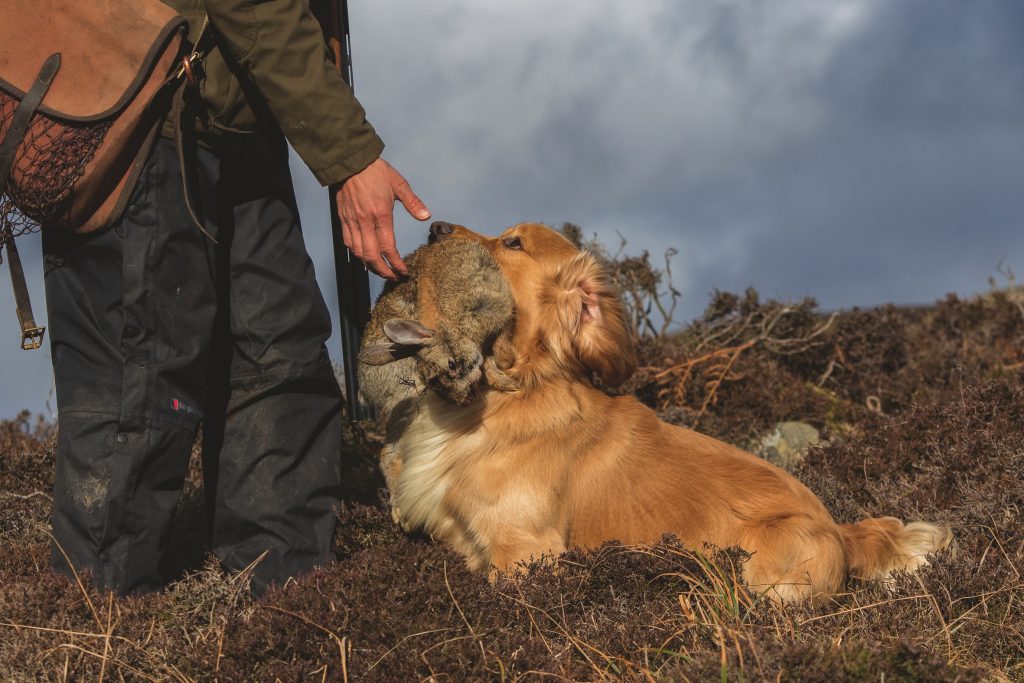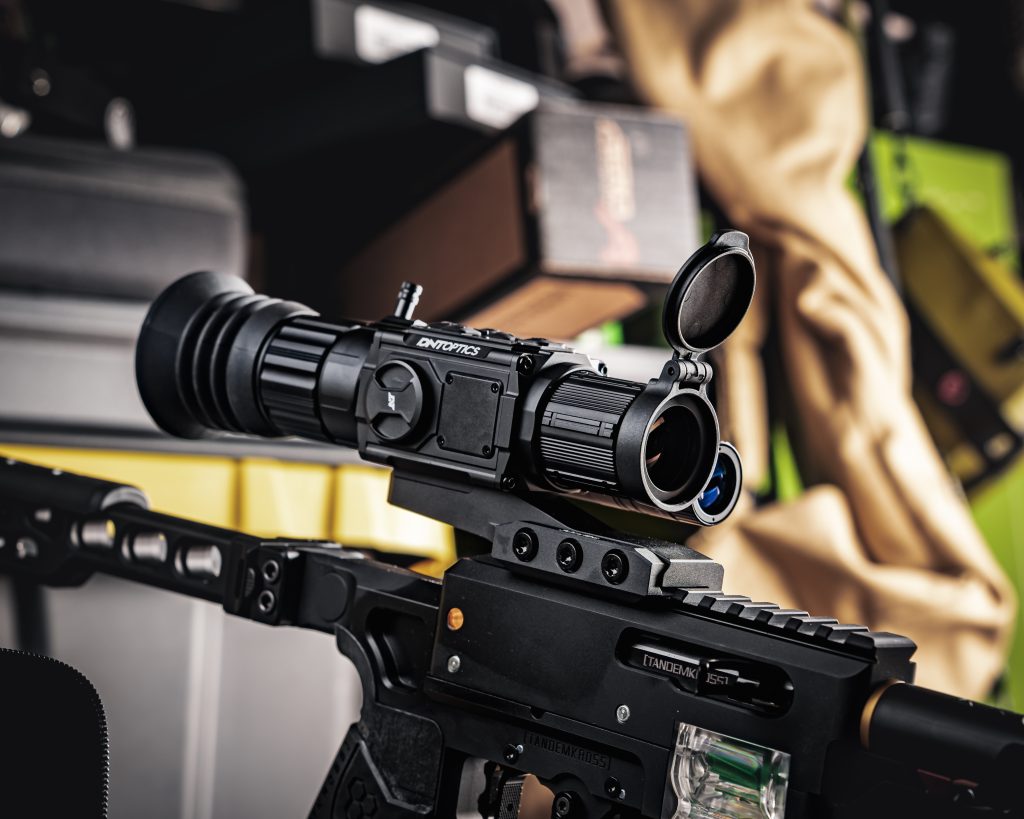Win CENS ProFlex DX5 earplugs worth £1,149 – enter here
Purdey 20-bore Sporter (From £31,625)
<strong>Handling and attention to detail impress Lewis Potter when he tests Purdey's 20-bore sporter</strong>

The Purdey 12-bore Sporter has, in a short time, earned itself a reputation as that rare type of gun that inspires the user. People find they shoot well with it, better than their normal standard, and if I had my fortune-tellers hat on I would predict they aint seen nothing yet. I refer, of course, to the new 20-bore Sporter with the optional 28-bore barrels and dedicated fore-end.
Like the 12-bore version, the 20-bore Sporter has all the major action parts machined in-house at Purdeys Hammersmith workshop. These parts are then sent to Perugini & Visini in Italy for final assembly, lockwork and barrelling. Built on the monoblock system, where the spigoted barrel tubes are sleeved into the breech (mono) block, I was intrigued as to why Purdey did not do this part of the job itself. The answer was simple; the company has never sleeved a gun. After all, when a Purdey with worn barrels comes in for repair, it simply makes and fits new barrels complete.
The barrelled actions are returned in the white for Purdey to finish and stock, and while a gun can be purchased to standard dimensions, it is expected that most will be a bespoke fit.
Innovative gunmaking
The 20-bore is not simply a scaled down 12-bore it incorporates some new design features. Most noticeable is the change to the action body, where the detachable lockwork fits, as well as smaller details such as the modified
retaining catch. It indicates that little stands still nowadays at Purdey, which seems to have rediscovered a passion and enthusiasm for innovative gunmaking. As for first impressions, they are of a gun that feels delightfully alive. With the 20-bore barrels fitted, it is fast handling and beautifully balanced. With the 28-bore barrels and dedicated fore-end in place (which adds £4,600 to the price), it is superb and can be flicked from target to target effortlessly.
Finish is to Best standards and while I am no great fan of the glossy London finish to the woodwork, there is the option of a more subdued and practical matt-silk effect oil finish. Grades of walnut intended for the Sporter are all carefully selected and the equivalent of anything found on even a top-range Purdey. As standard, chequering is cut at 28 lines per inch, a good compromise between an expression of the art of chequering and an effective grip.
Around the action body, the bold scroll engraving follows the now established Sporter pattern. Outlined by laser to ensure continuity of design, it is then cut by hand. This work continues around the knuckle of the fore-end, top-lever, top strap, trigger-guard and steel grip cap. Screw pins carry a matched style of pattern and even those hidden away inside the foreend knuckle were not only slot-aligned and engraved, but sunk below the mating surface just enough to ensure they were not rubbed as the gun pivots to openand shut. This is the kind of thing one expects of a famous name, but it is always a pleasure to see such workmanship and attention even to the smallest detail.
Teague chokes
While the 20-bore barrels are fitted with a ventilated top rib, on the 28 it is a solid rib. This may at first seem to be a bit of a mismatch, but is simply because the gun on test is really a prototype, something that, by the finish, is hard to believe. The laying of the ribs is flawless, without any reflected line of light out of place. Laid by hand, the ribs are then machinefinished to match the barrel and bore alignment, another example of modern technology aiding traditional standards.
Teague chokes were supplied with the 20-bore barrels, but due to a small mix-up only two were available for testing. However, these were a proper match to the bore size and measured half-and quarter-choke. The 28-bore barrels sported fixed chokes of a quarter in the top and just a bit tighter than cylinder in the lower barrel. Both sets are chambered as standard at 2 3/4in (70mm), though 3in magnum is an option for the 20-bore. Barrel lengths as no-cost options are 28in, 30in and 32in.
Well-placed shot
In the field, in both 20- and 28-bore guise, this gun performed faultlessly. The non-selective auto-safe proved crisp yet easy to operate, ejection was very precise and neatly threw the cases several feet away. Examination of fired cases showed the striker indents to be deep and well centred. On the pattern plate, the point of aim was exactly on the middle line, with that traditional large Purdey bead located right at the end of the top rib sitting in the line of sight just under the target centre. This placed almost all the shot within a 30in circle on the pattern sheet.
Delight to the eye
I was impressed by the Purdey 12-bore Sporter, but the 20/28-bore is a bit more special. The lines and size of this gun, with its elegant barrels, slim Sporter fore-end, round-bar trigger-plate action, nicely curved grip all highlighted by fine engraving and excellent walnut is a delight to the eye. The attention to detail, the scalloped back to the action body, even the steel grip cap which, in true London style, is a little small but well proportioned to this gun. It is true that the breech of the 28-bore barrels has a fast taper to accommodate the 20-bore sized action, but even this is done in a manner that is pleasing to the eye. The stock shaping is a masterful piece of work, with a slim offset comb and wellshaped face(the part of the stock next to the users face). It is a stock made by someone who understands the subtleties of how the shapes must blend together to fit the human form.
The Sporter, when introduced, must have represented a gamble for this maker and there was bound to be criticism, especially of the fact that the most famous gunmaker in the world had employed outside help. Yet it was ever thus in the UK gun trade where years ago, though they would have never admitted to it, London makers relied on Birmingham skills.
Related Articles
Get the latest news delivered direct to your door
Subscribe to Shooting Times & Country
Discover the ultimate companion for field sports enthusiasts with Shooting Times & Country Magazine, the UK’s leading weekly publication that has been at the forefront of shooting culture since 1882. Subscribers gain access to expert tips, comprehensive gear reviews, seasonal advice and a vibrant community of like-minded shooters.
Save on shop price when you subscribe with weekly issues featuring in-depth articles on gundog training, exclusive member offers and access to the digital back issue library. A Shooting Times & Country subscription is more than a magazine, don’t just read about the countryside; immerse yourself in its most authoritative and engaging publication.







